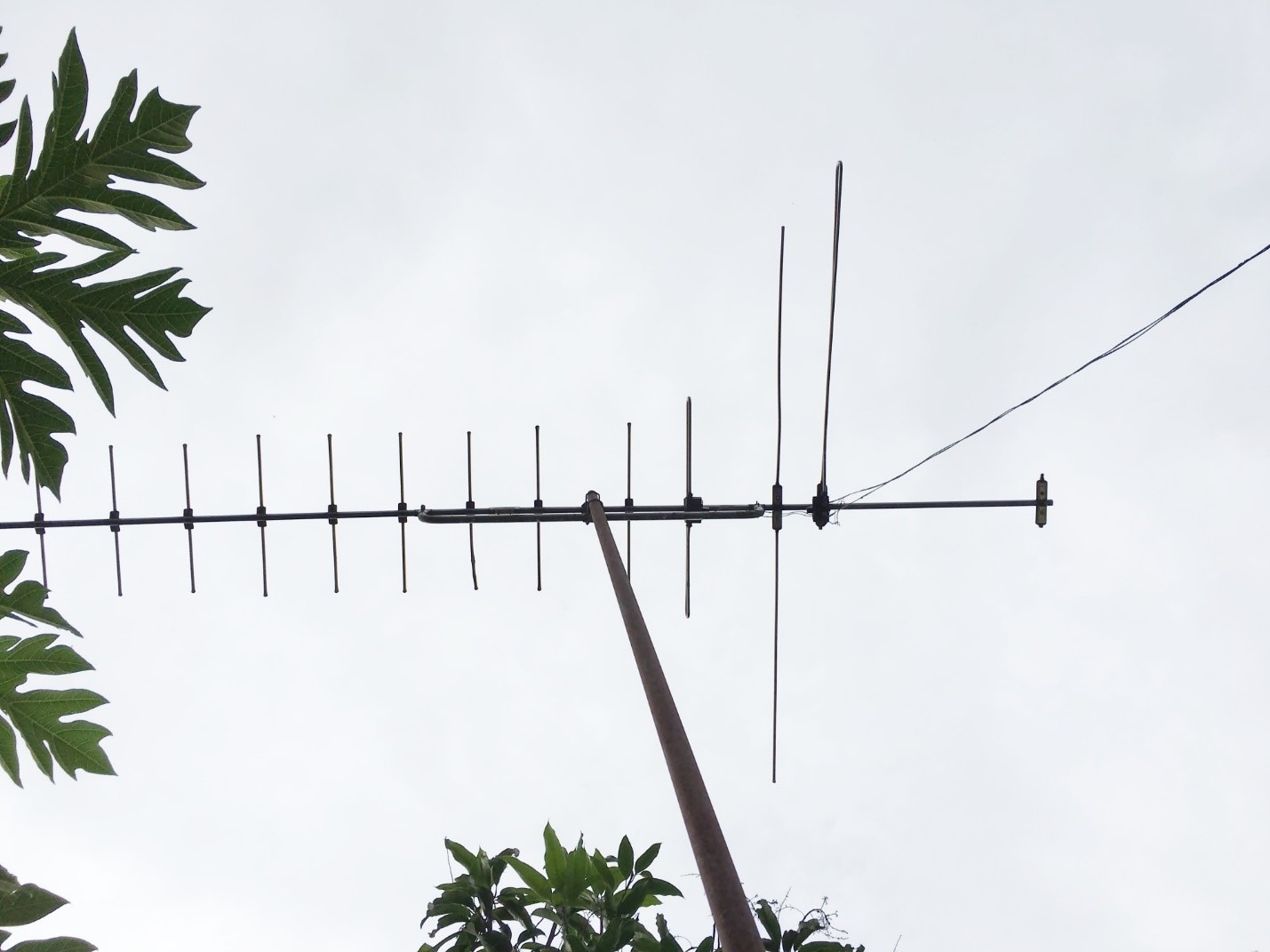Radio technology has a surprising amount of different uses. Here are some of the most exciting uses for this kind of technology.
Radio technology is all the rage right now!
With people choosing to listen to podcasts and radio programming over other forms of entertainment, radio technology is evolving every day. As a result, the different ways that people use technology is also evolving.
To help you stay on trend in the radio scene, we are providing you with a detailed list of 7 amazing ways that people are using radio technology today.
Listen Up!
1. One Way to Use Radio Technology: Podcasting
Like we stated earlier, podcasting is one of the most popular ways that people are choosing to use radio technology today. Anyone can learn how to use radio technology for podcasting.
Podcasting utilizes digital audio technology. To listen to podcasts you just have to download the podcast on-demand or subscribe via a Really Simple Syndication (RSS) feed. When subscribing to a podcast via an RSS feed, it will automatically download the podcast to your computer.
2. Internet Radio
While podcasting is all the rage right now, people can still use radio technology to listen to internet radio. Internet radio came about in the 1990s. Internet radio differs from podcasting in that listeners of internet radio still have to tune into a specific broadcast to hear the programming, while podcasting allows you to listen to different radio programs at your leisure.
Internet radio differs from traditional radio broadcasting in that it has no geographical limits. This is because you can access internet radio through any device that can access the internet. Traditional radio broadcasting, on the other hand, only allows you to listen to its programs through traditional radio.
Internet radio also differs from traditional radio broadcasting in that internet radio is not limited to audio. In fact, because it is often heard through devices with screens like computers, laptops, tablets, and smartphones, you can add pictures and graphics to your internet radio program.
To set up an internet radio station, you need a CD player, ripper software, assorted recording and editing software, microphones, audio mixer, outboard audio gear, digital audio card, computer with encoded software, and a streaming media server.
3. Traditional Radio
Traditional radio transmits music and conversation through radio waves in the air. As long as you have a 9-volt battery, coin, and an antenna, you can technically create traditional radio.
4. Walkie Talkies
A walkie talkie is the best long range two way radio. This is because walkie talkies are two devices that utilize radio waves to talk to one another from far distances – some, like these push-to-talk devices, even give nationwide coverage. Two walkie talkies are able to communicate with one another by communicating wirelessly through the same frequency band.
Every walkie talkie is battery powered and contains a transmitter/receiver, an antenna that sends and receives radio waves, a loudspeaker/microphone, and a button that you push when you want to talk into the walkie talkie and be heard. The loudspeaker/microphone within every walkie talkie essentially works as an intercom system. As someone speaks into a walkie talkie, that person’s words are converted into radio waves that are broadcast on a pre-arranged channel.
So that people with walkie talkies do not interfere in other walkie talkie conversations near them, new technology in most walkie talkies uses radio waves to be able to talk on multiple channels. All that has to happen for this to occur is the radio transmitter within each walkie talkie having the ability to generate waves at different frequencies.
5. Microwaving Food
Did you know that even cooking devices such as microwaves have a use for radio waves? That is right, your microwave uses radio technology.
Microwaves use electromagnetic radio wavelengths that occur at a frequency of 2.4GHz. Electromagnetic wavelengths occurring at this frequency causes water molecules to vibrate and heat up.
Because these wavelengths can travel through plastic and glass, they can penetrate a centimeter into any food that you are heating up inside the microwave. Therefore, when using a microwave, you are essentially heating up the water molecules within the first layer of the food.
Be careful not to leave the door open when a microwave is on or stand to close to the microwave, as microwave wavelengths are strong enough to damage the cells in our bodies.
6. Cell Phones
The radio system within cell phones works by having a radio link within themselves that connects to the nearest signal from the base station antenna of its operator.
The base station antenna of the operator of a cell phone needs to establish a connection between two cell phone signals to receive a call. To route a call, the operator at the base station with the antenna that connects your cell phone signal needs to know the network of the cell phone that is receiving the call.
Your cell phone is always measuring the quality of its nearby signals. As a result, your cell phone can switch between different antennas within your operator that are closer to your current location or is less congested at any given moment. This gives you the freedom to move around and make cell phone calls from practically anywhere.
7. GPS
There are three areas around Earth that affect the propagation of radio waves. These three areas are the troposphere, the stratosphere, and the ionosphere. The boundaries between these different areas depend on the season and the geographical location.
There are around 27 to 32 global positioning system (GPS) satellites orbiting the Earth right now. The GPS signal gives the exact time of the week and week number according to the satellite’s atomic clock. The data transmitted from these signals is encoded with a high-rate pseudo-random sequence (PRN) that is different for each satellite.
Because GPS receivers know the PRN codes for each satellite, they can decode signals and distinguish between the different satellites. Thus, GPS receivers can also distinguish a person’s exact location based on the location of the Earth’s satellite that is closest to that person.
Time to Wrap It Up
Now that you know different radio facts when it comes to the different and amazing ways that we use radio technology, you can have a better appreciation of the technology that we use every day.
To learn more about all the technological devices that we use within our lifestyle for business and recreation, check out the business and lifestyle sections on our website.




